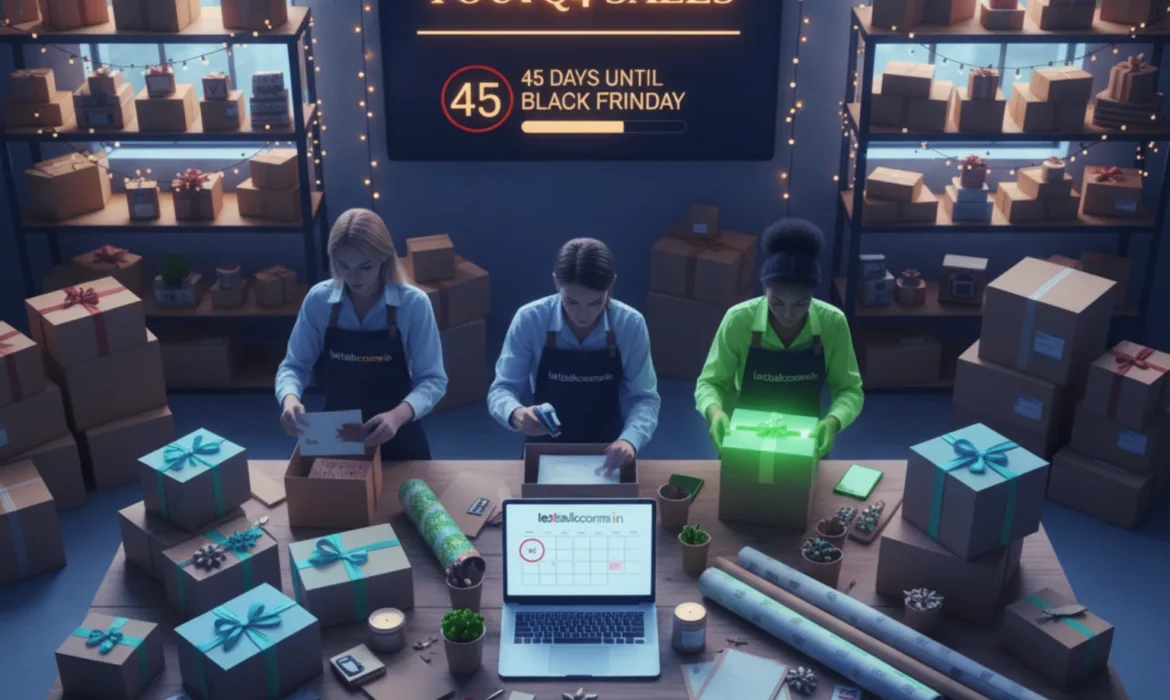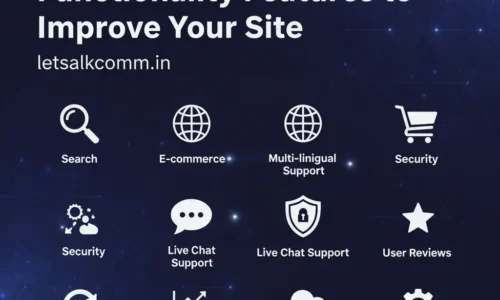
Introduction
The holiday season is the most profitable time of the year for online sellers. From October to December, retailers often see 25–30% of their annual sales. For e-commerce businesses, preparation can mean the difference between record-breaking growth and disappointing results.
This guide gives you a step-by-step holiday readiness checklist, answers common seller questions, and provides actionable strategies to help you stand out in crowded marketplaces.
Understanding the Holiday E-commerce Landscape
What makes Q4 so important for online sellers?
During the holiday season, major platforms like Amazon, Etsy, and Cratejoy see a surge of millions of shoppers searching for gifts. This traffic spike gives sellers a chance to win new customers, boost sales, and build long-term relationships.
How do holiday shoppers behave?
Holiday buyers act differently from year-round shoppers:
- 🎁 Gift-focused: Most purchases are intended as gifts.
- ⏰ Time-sensitive: They have fixed deadlines (Christmas, Hanukkah, Black Friday, etc.).
- 💰 Price-conscious: They compare across sellers to find the best value.
- 🐦 Early planners: Nearly 40% of U.S. consumers start before November.
Why is competition higher during holidays?
- Thousands of sellers run discounts at the same time.
- Algorithms reward listings with optimized keywords, fast shipping, and strong reviews.
- Without planning, your products may get lost in the crowd.
Your Holiday Readiness Checklist
1. Inventory Management & Planning
- Forecast demand using past holiday sales data.
- Order stock early (by September) to beat supply chain delays.
- Keep 20–30% extra buffer inventory.
- Identify backup suppliers in case of shortages.
2. Listing Optimization for Holiday Shoppers
- Add holiday keywords to titles (e.g., “Perfect Christmas Gift”).
- Use lifestyle images showing products as gifts.
- Rewrite descriptions with gift-giving scenarios.
- Create holiday gift guides or curated bundles.
3. Shipping & Fulfillment Preparation
- Display “Order by [date] for delivery before [holiday]”.
- Offer express shipping options.
- Update processing times for accuracy.
- Stock gift packaging and seasonal wrapping.
- Consider third-party fulfillment (FBA, 3PLs) for large order volumes.
4. Strategic Pricing & Promotions
- Build a holiday promo calendar (Black Friday, Cyber Monday, Christmas, New Year).
- Run tiered offers (e.g., spend $100, get 15% off).
- Use flash sales and daily deals to create urgency.
- Bundle products to increase average cart value.
5. Customer Service Enhancements
- Extend support hours for peak weeks.
- Publish holiday-specific FAQs.
- Train staff for quick response handling.
- Use ready-made response templates for common questions.
6. Platform-Specific Strategies
For Subscription Box Sellers
- Offer gift subscriptions (3, 6, 12 months).
- Provide printable or digital gift cards.
- Market as “The gift that keeps giving.”
7. Marketplace Vendors (Amazon, Etsy, etc.)
- Optimize listings with seasonal keywords.
- Apply for holiday promotions run by the marketplace.
- Invest in ads during peak weeks.
8. Direct E-commerce Stores
- Add holiday design elements to your storefront.
- Set up abandoned cart recovery emails.
- Ensure mobile checkout is seamless.
Suggested Holiday Timeline
September
- Complete inventory orders.
- Begin updating listings with holiday keywords.
- Update shipping policies.
October
- Launch first wave of promotions.
- Publish holiday gift guides.
- Test ads and retargeting campaigns.
November
- Run Black Friday & Cyber Monday deals.
- Offer prepaid gift bundles.
- Boost ad spend during peak traffic.
December
- Focus on last-minute shoppers.
- Highlight expedited shipping.
- Push gift cards & digital products.





